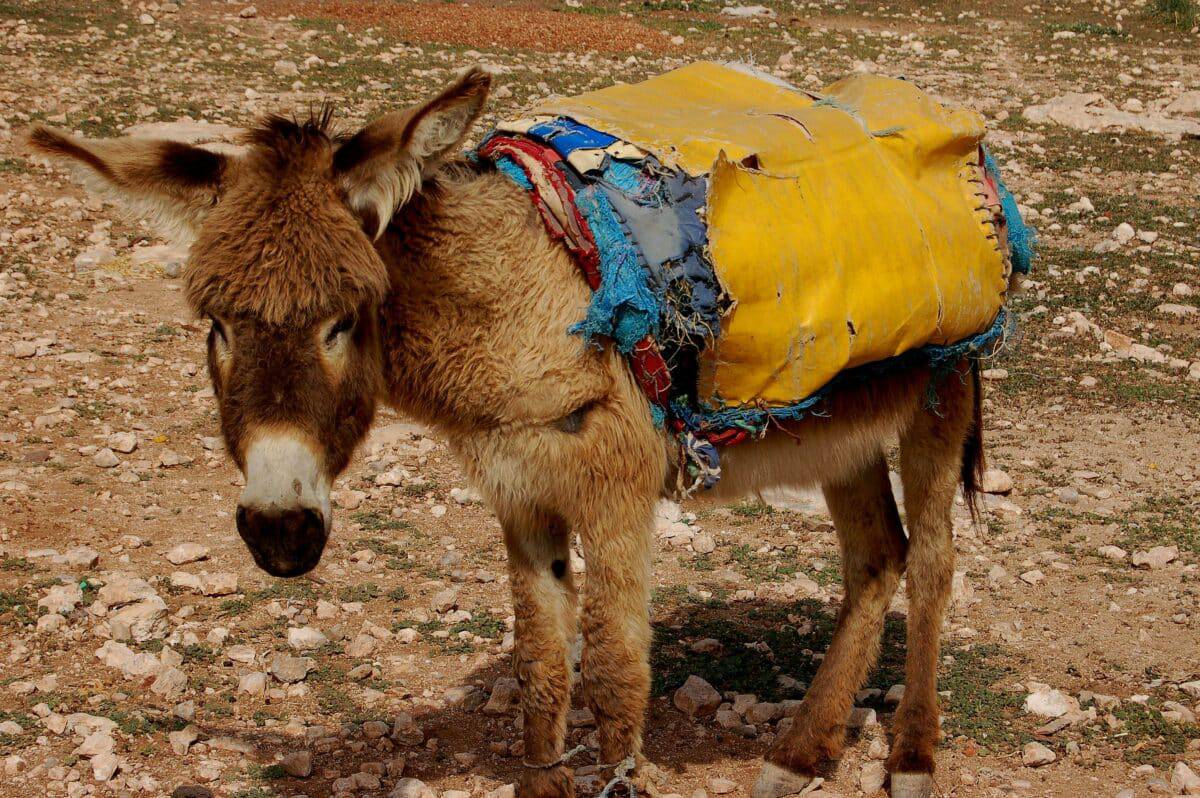In the realm of genetic engineering and biotechnology, the creation of hybrid animals—organisms that combine genetic material from two distinct species—has sparked significant debate. While some view these creatures as groundbreaking scientific achievements with potential benefits for biodiversity and agriculture, others see them as ethical quandaries that tread perilously close to turning life into a mere spectacle. This article will explore the ethical considerations surrounding hybrid animals, navigating the delicate balance between scientific innovation and moral responsibility.
The Science Behind Hybrid Animals

Hybrid animals, or chimeras, are the product of combining the DNA from two different species. This can occur naturally, such as when a lion and a tiger mate to produce a liger, or through human intervention utilizing advanced genetic engineering techniques. Scientists can directly manipulate genes at the molecular level, allowing them to cross previously impenetrable species barriers. Researchers pursue the creation of hybrids for various reasons, including studying gene functions, developing disease-resistant livestock, and potentially saving endangered species.
Through techniques like CRISPR-Cas9, scientists can edit the genome with precision, inserting specific genes from one species into another. The resulting organisms can exhibit traits from both parent species. For example, a recent experiment resulted in a “geep,” a goat-sheep hybrid, illustrating the potential of modern genetic engineering to create new life forms.
Potential Benefits of Hybrid Animals

Proponents of hybrid animal research argue that these creatures can offer numerous benefits. Agriculturally, they could lead to the development of hardier livestock, more efficient in food production, and resistant to diseases that currently devastate farming economies. In conservation, hybrid animals could be utilized to introduce genetic diversity into dwindling populations of endangered species, potentially staving off extinction.
Additionally, hybrid animals can serve as vital models for studying human diseases. By understanding how certain genes interact to cause illnesses, scientists can make strides toward effective treatments and cures, leading to transformative medical breakthroughs.
The Ethical Concerns

Despite these potential benefits, creating hybrid animals raises a host of ethical concerns. Central to the debate is the question of animal welfare. Critics argue that hybridization can lead to physical suffering for the animals involved, as hybrid species may face unique health issues and environmental challenges that evolved species do not.
Furthermore, there are concerns about the moral implications of manipulating life at such a fundamental level. The process places humans in a god-like position, with power over the biological makeup of living creatures, which raises questions about the limits of human intervention and the respect for natural life forms.
There is also the issue of ecological impact. Introducing hybrid animals into the wild or having them escape captivity could disrupt ecosystems and lead to unforeseen consequences, affecting the balance of nature in potentially harmful ways.
The Spectacle of Hybrid Animals

Beyond ethical and scientific considerations, the creation of hybrid animals can sometimes veer into spectacle. Media coverage and public fascination with these creatures can overshadow the scientific intent, reducing groundbreaking research to sensational headlines. When hybrid animals become a public curiosity, it risks turning them into commercial attractions rather than appreciating them as scientific advancements. This spectacle element can detract from legitimate scientific inquiry, pushing the narrative toward entertainment rather than the underlying ethical and scientific questions that need addressing.
Navigating the Ethical Landscape
For hybrid animal research to be ethically justified, it requires a framework of rigorous ethical guidelines and regulations. Transparency in research, along with a commitment to humane treatment, is critical. Engaging in open dialogue with the public can help demystify the process and address concerns, balancing scientific progress with ethical responsibility. Moreover, interdisciplinary collaboration among scientists, ethicists, and policymakers can help create policies that balance innovation with the preservation of natural order and animal welfare.
Conclusion

The creation of hybrid animals sits at the intersection of science and ethics, requiring careful consideration of both the potential benefits and the ethical concerns. As biotechnology continues to advance, society must grapple with these questions, ensuring that scientific advancements do not come at the cost of ethical oversight. By fostering a balanced approach, the potential of hybrid animals as scientific assets can be realized without reducing them to mere spectacles.
While some hybrid creatures are made naturally, do you really think it is okay for science to create these creatures? While hybridization could help possible endangered species, is it really a good ethical decision? Comment your thoughts, we would love to hear from you!
- The Real Wildlife Behind the Great American Road Trip - August 10, 2025
- Top Volcano Trails Where You Might Spot Rare Wildlife - August 10, 2025
- The Magic Fish That Grants Wishes in European Fairy Tales - August 10, 2025

